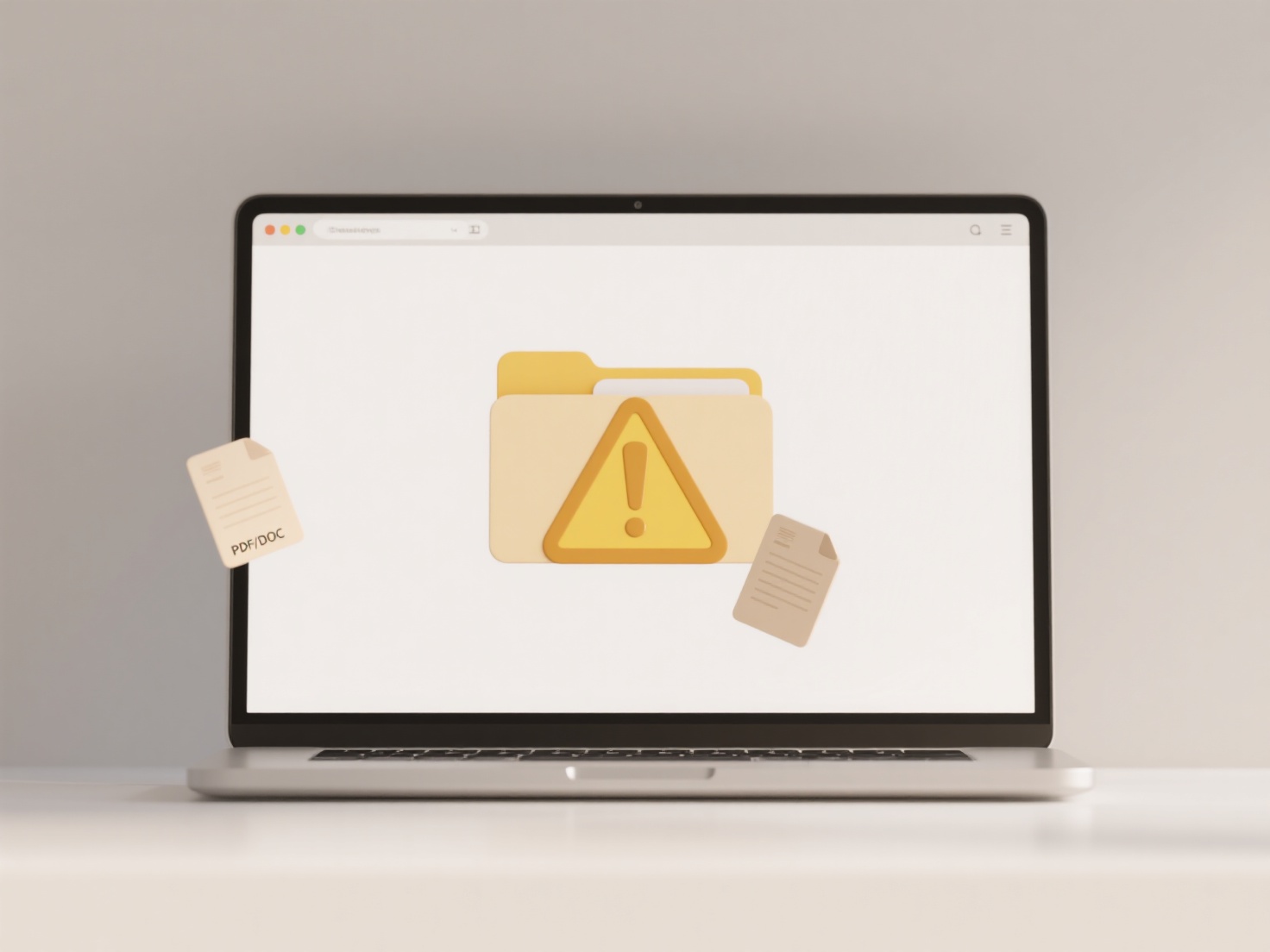
Exporting each slide or page as a separate file involves converting each individual component of a presentation or document into its own distinct file, rather than saving the entire deck as one single unit. This process extracts slides (like from PowerPoint or Google Slides) or pages (like from PDFs or Word documents) individually. It differs significantly from saving the whole presentation as one PDF or PPTX file, which bundles all content together.

In practice, this is commonly done using built-in features in software like Microsoft PowerPoint ("Save As" > then choose an image format like PNG or JPG per slide) or Adobe Acrobat (using the "Organize Pages" tool to extract specific pages as new PDFs). Specialized tools, such as Batch PDF processors or online file splitters, can automate this process for large multi-page PDF documents, extracting hundreds of pages into individual files simultaneously for analysis, sharing, or archiving.
The main advantage is flexible control over content distribution, allowing sharing specific slides without revealing the entire deck. It saves time when integrating specific visuals into other documents. However, managing many separate files can become cumbersome for large presentations, and manual export processes can be tedious. Automated tools help but require setup. Consider ethical implications regarding selective sharing of content out of its original context. This capability fosters efficient reuse of components and supports modular content management.
How do I export each slide/page as a separate file?
Exporting each slide or page as a separate file involves converting each individual component of a presentation or document into its own distinct file, rather than saving the entire deck as one single unit. This process extracts slides (like from PowerPoint or Google Slides) or pages (like from PDFs or Word documents) individually. It differs significantly from saving the whole presentation as one PDF or PPTX file, which bundles all content together.

In practice, this is commonly done using built-in features in software like Microsoft PowerPoint ("Save As" > then choose an image format like PNG or JPG per slide) or Adobe Acrobat (using the "Organize Pages" tool to extract specific pages as new PDFs). Specialized tools, such as Batch PDF processors or online file splitters, can automate this process for large multi-page PDF documents, extracting hundreds of pages into individual files simultaneously for analysis, sharing, or archiving.
The main advantage is flexible control over content distribution, allowing sharing specific slides without revealing the entire deck. It saves time when integrating specific visuals into other documents. However, managing many separate files can become cumbersome for large presentations, and manual export processes can be tedious. Automated tools help but require setup. Consider ethical implications regarding selective sharing of content out of its original context. This capability fosters efficient reuse of components and supports modular content management.
Quick Article Links
What happens if the same file is edited locally and in the cloud?
When the same file is modified locally on a device and simultaneously in the cloud (e.g., via a web app or another devic...
How do I create a consistent file naming system for my team?
A consistent file naming system is a predefined set of rules structuring how files are titled, typically including eleme...
Can file names include currency or numeric formatting (e.g., $100)?
File names can include currency symbols (like $, €, £) and numeric formatting characters (such as commas, periods, or sp...